Description
Ultrasound imaging anywhere, anytime
The innovative combination of Philips Lumify1 benefits enables physicians to perform ultrasound examinations for emergency patient assessment in a variety of clinical settings, from inpatient offices in large healthcare facilities to less resourced polyclinics in city, district and rural facilities in remote and hard-to-reach regions, as well as in medical emergencies disasters, attending an emergency, in an ambulance vehicle, air ambulance.
Philips Lumify Key Advantages:
- Ultraportability
- Lightweight (transducer and S4-1 wire weigh 150 grams — lighter than a smart phone)
- Mobility
- Exceptional Philips imaging technology
- Usability
- Multi purpose set of ultrasound examinations
- Connecting a compatible smart device such as a smart phone or tablet
- Telemedicine consultations assistance online
Philips Lumify advantages for executives
- More availability of diagnostic medical services
- Additional service for field doctors ORMS
- Additional studies in the offices of an orthopedist, surgeon, phlebologist, obstetrician, etc. (high-quality image)
- Improving the quality of care and efficiency of clinicians
- Attraction of additional patients (screening studies, domiciliary studies)
- Excellence over competitors
Anesthesiology-Resuscitation
Philips Lumify meets the needs of POCUS (Point of Care Ultrasound) at the patient’s bedside. The system allows for MPS blockades, vascular catheterization, invasive methods of native diagnostics and punctures, as well as FAST, RUSH, BLUE protocols, under the control of an ultrasound transducer.
Cardiology
Bedside focus echocardiogram allows the clinician to quickly assess chamber size, overall LV and RV function, RV tension, hypovolemia, and fluid response. In addition, pericardial effusion, signs of tamponade, and significant valvular regurgitation may be seen.
Thyroid gland
When examining the thyroid gland using Lumify, it is possible to identify pathological changes in regional lymph nodes, changes in the structure of the thyroid gland, an increase in its vascularization in the color Doppler mapping mode, an increase in the size of the thyroid gland, the presence of nodular formations and a qualitative assessment of their vascularization.
Obstetrics
With Philips Lumify, obstetrician-gynecologists can quickly assess the position of the fetus, its heartbeat, the location of the placenta, and the abruption. Also, the device can be used during childbirth to control the progress of the fetal head through the pelvigenital canal. A special preset and built-in tables will show the gestational age and the estimated fetal weight, which will help you quickly determine the tactics of delivery.
Phlebology
Perform an initial ultrasound examination of a patient without leaving your office. Thanks to the high quality of Philips Lumify images, the doctor can examine the pathologically altered parts of the vein, the topography of the vessels, the direction and speed of blood flow, and congenital vascular features. The device makes it possible to determine the thrombosis and the condition of the valves of the veins of the upper and lower extremities in different situations, which allows you to quickly make a clinical decision and start treatment.
Vascular studies
The Lumify device handles vascular examination with ease. With it, the doctor can conduct an examination of the extracranial part of the brachiocephalic arteries in order to exclude severe pathology, identify stenosis of the carotid arteries, vertebral arteries, assess the identified stenosis of the carotid basin in diameter, and identify irregularities in the course of these vessels.
Surgery
The Lumify system is a great assistant for the surgeon anytime, anywhere. In the office, it allows you to perform U/S of the area of clinical interest. Even if the patient comes with ready-made research results, with Lumify you can pay attention to the most “flimsy” changes right during the appointment, which could have been underestimated or slipped away during previous procedures. The compact size of the device is a clear advantage in the operating room as well. The tablet can be easily moved and the nurse can hold it in front of the doctor’s eyes if necessary.
Transducers included:
C5-2 transducer: Broadband convex transducer for diagnostics of the abdominal organs, lungs, gallbladder, for obstetric studies.
L12-4 transducer: Broadband linear transducer for U/S of superficial organs and soft tissues, musculoskeletal system, lungs and blood vessels.
S4-1 transducer: Broadband phased transducer is equipped with presets for cardiac studies, diagnostics of the lungs and abdominal organs, obstetric studies, as well as the FAST * protocol.
Connectivity:
- Connecting to a mobile device — Micro-USB connector
- Connecting to a mobile device — Type C connector
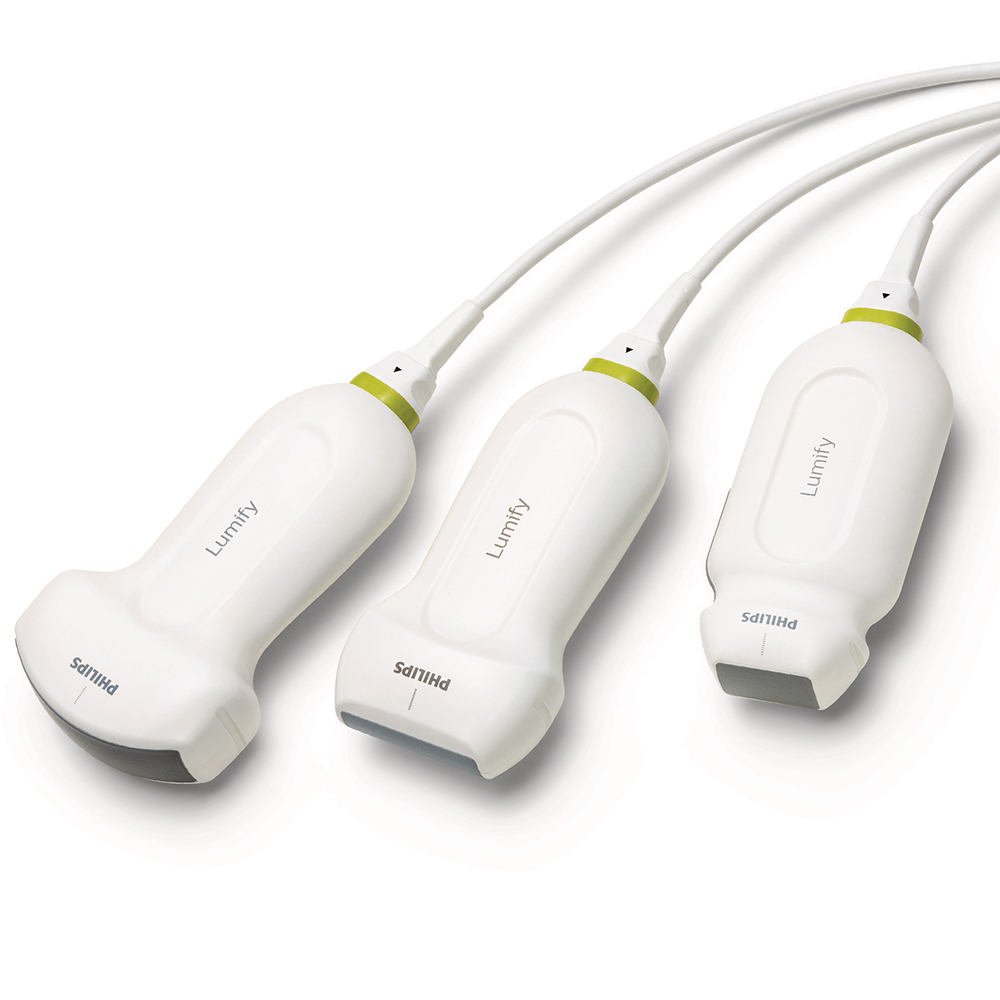
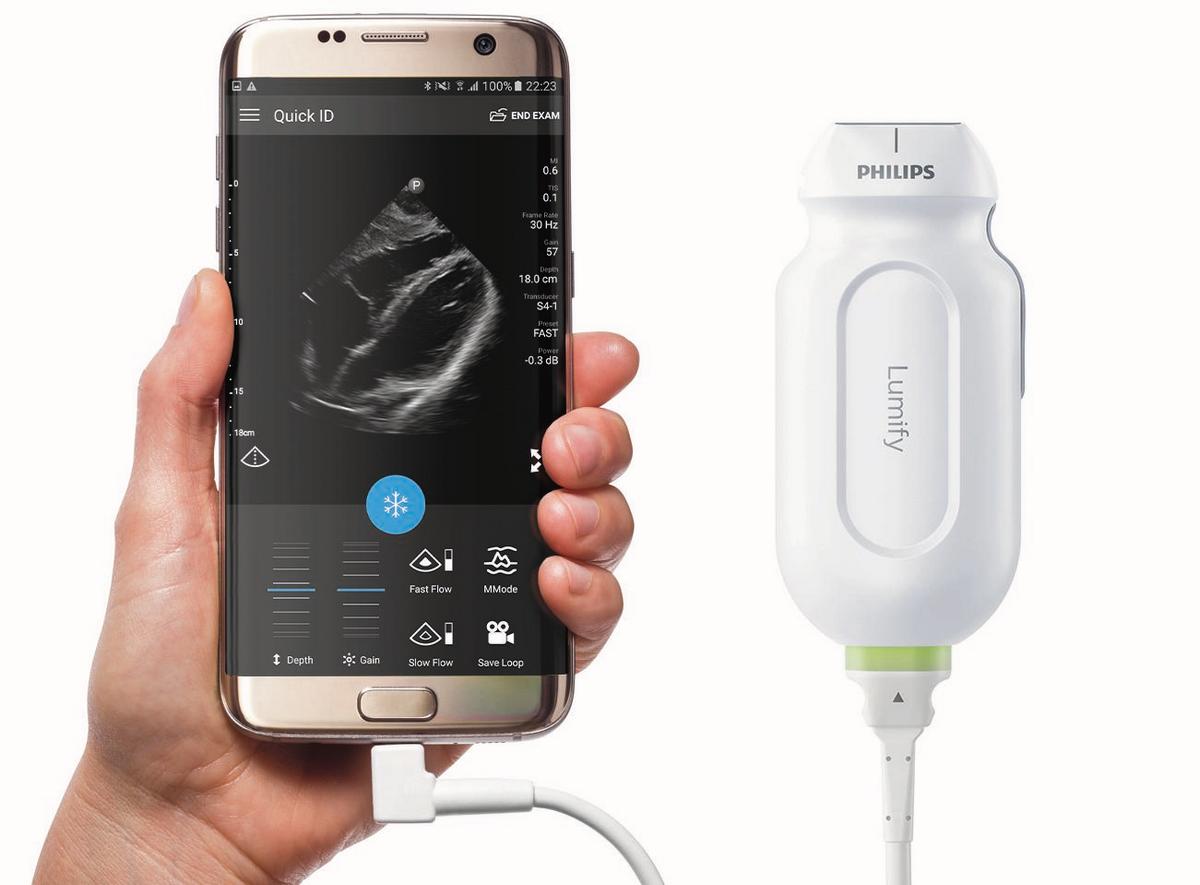
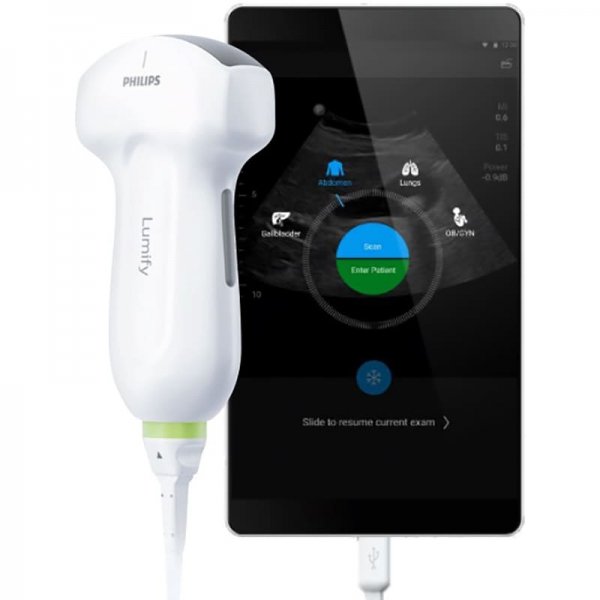
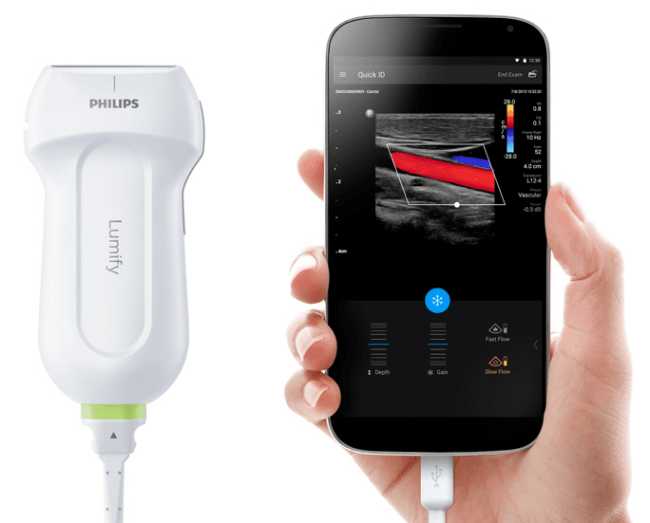
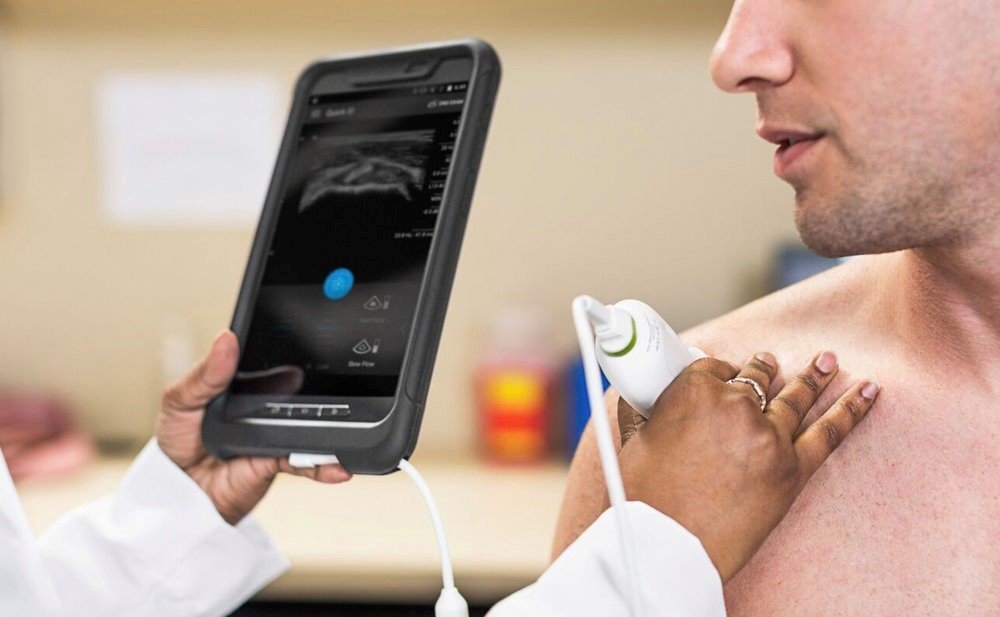
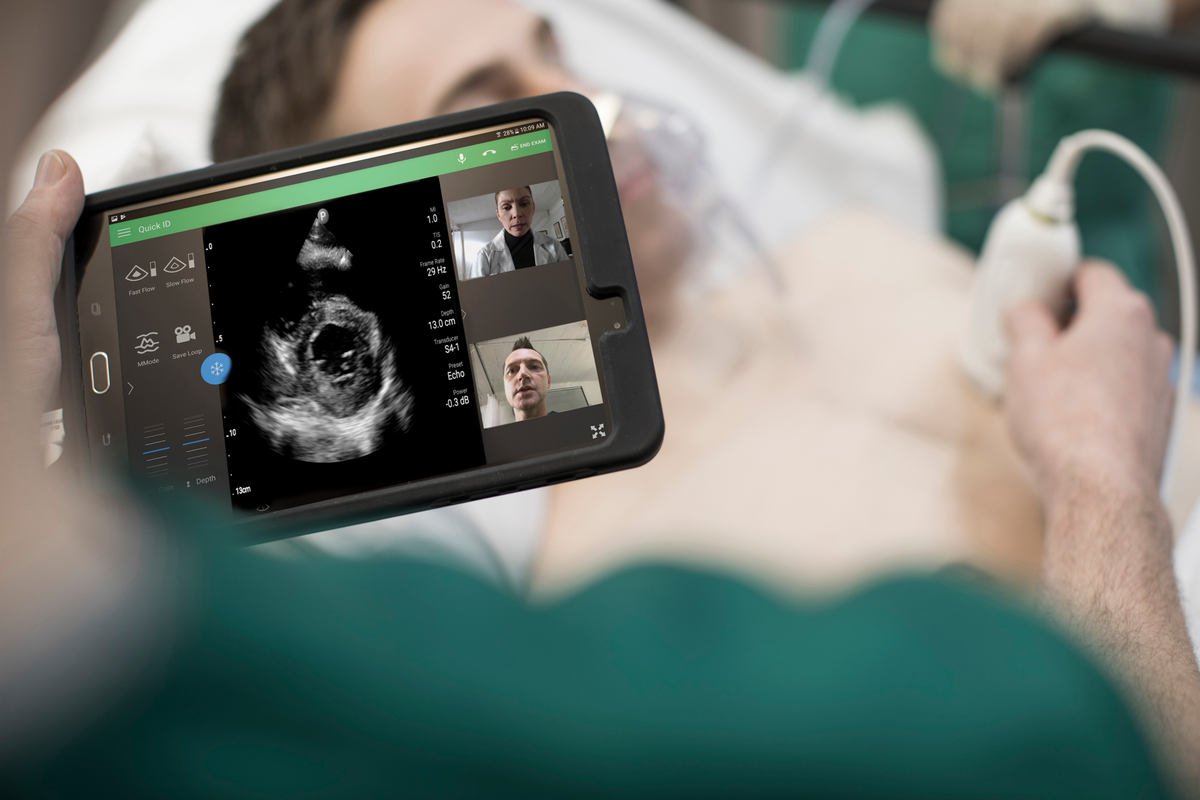
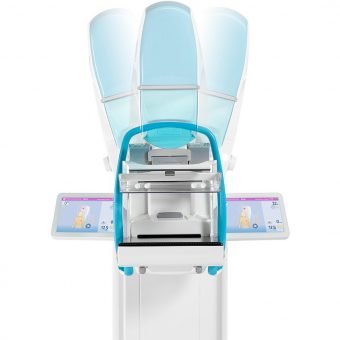
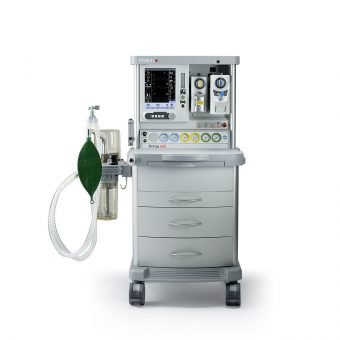
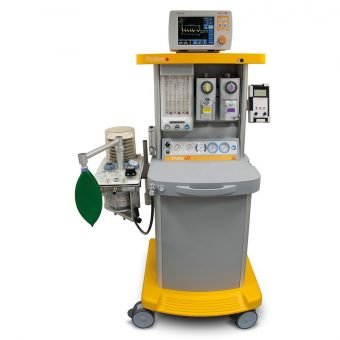



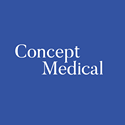








Reviews
There are no reviews yet.